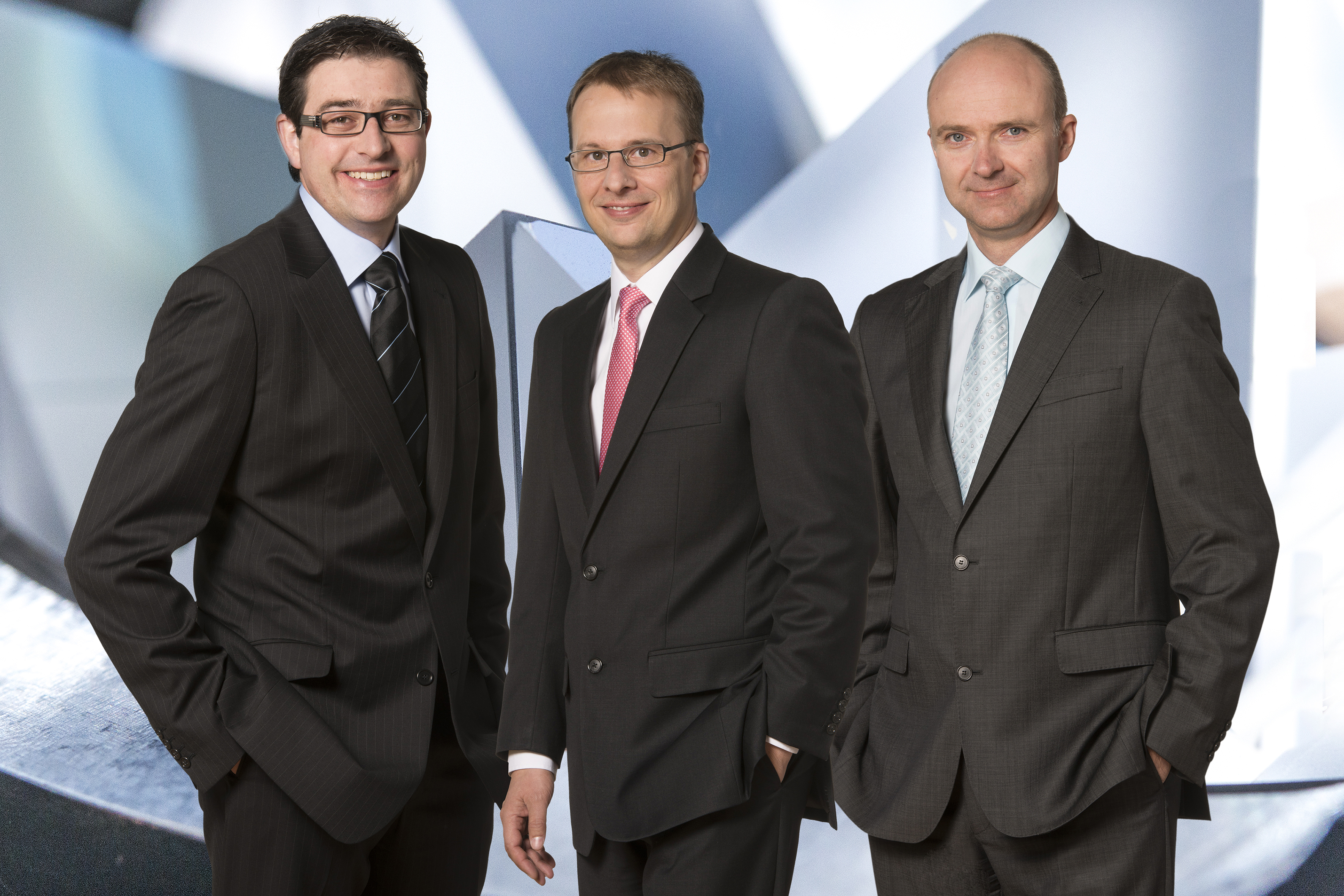German Future Prize 2013
Controlled ablation
Ultra-short laser pulses provide a fast and precise way of processing a wide range of materials without excessive heat input. Scientists from Bosch, TRUMPF, Jena University and Fraunhofer IOF have turned the ultra-short-pulse laser into an effective series-production tool. For their collective effort they were awarded the German Future Prize 2013 on December 4.

Although lasers are an indispensable part of industrial manufacturing, in some areas conventional systems are reaching the limits of what they can do. A laser beam directed at a piece of metal will cause the metal to heat up and partially vaporize and melt. However, controlling the properties of melted materials is extremely difficult –imperfections develop, meaning that manufacturers still have to go to the trouble of reworking the workpiece. This costs both time and money. Yet another drawback is that there are some materials, such as diamond and sapphire, that cannot be success-fully processed at all this way.
Unlike the ultra-short-pulse (USP) laser: »By cleverly selecting the right pulse duration, pulse energy and focusing, the material is heated so quickly and forcefully that it is instantly vaporized,« says Stefan Nolte, describing the particular advantage of this technique. Nolte is Professor of Experimental and Laser Physics at Friedrich-Schiller University and also works at the Fraunhofer Institute for Applied Optics and Precision Engineering IOF, both in Jena. He laid important scientific foundations for the newtechnology. Little by little, an USP laser can remove – or ablate –tiny areas measuring just a few millionths of a millimeter (nanometers). At lightning speed, a computer-controlled mirror system makes sure the laser pulses hit the right spot. »Hundreds of thousands of pulses per second lead to a melt-free processing with unparalleled precision,« explains Dr. Jens König from technology company Bosch. Using »cold ablation«, as it is also known among engineers, it is even possible to engrave incredibly fine structues onto the head of a match without igniting it.
»Ultra-short-pulse lasers introduce time dimensions to production that are almost too small to imagine. When we say ‘ultra-short’ we’re taking about pulses that last mere picoseconds. That’s just a few trillions of a second,« says Dr. Dirk Sutter from laser manufacturer TRUMPF. By way of comparison, a beam of light takes about a second to travel from the Earth to the Moon – in a picosecond, it gets no further than 0.3 of a millimeter.
Experts have been using ultra-short laser pulses for several years as a precise and gentle way to process even highly sensitive materials. But for most of that time, this method was rarely used anywhere but in the research lab. This was because nobody knew exactly just how to design laser beams that would meet the rigorous demands of industrial manufacturing. For instance, how do you choose the best pulse length, repetition rate and pulse energy to achieve truly precise – and above all productive – material ablation results and repeat this process reliably over hundreds of billions of pulses? Thanks to the relentless efforts of Jens König, Dirk Sutter and Stefan Nolte, the USP laser has become a robust and reliable tool for factory use. Bosch experts researched the requirements and TRUMPF manufactured reliable high-performance USP lasers with the right specifications. The experts managed to implement these USP lasersinto precision production machines, enabling an industrial series production with all benefits of USP pocessing.
In recognition of their outstanding work, German President Joachim Gauck presented Jens König, Dirk Sutter and Stefan Nolte with the German Future Prize 2013 on December 4. The price for technology and innovation honors top scientific work thatdisplays great economic potential. This highly respected prize has been awarded annually since 1997 and comes with 250,000 euros prize money.
From diamond, strengthened glasses and steel, to semiconductors, ceramics and sensitive plastics – this new, innovative technology offers contactless processing of virtually any material. Universally deployable, USP lasers drill, cut, structure or mill to almost any design. This precise technique can even be used to manufacture new products that up to now proved exceedingly difficult – or impossible – to poduce. USP lasers are already being used in the manufacture of extremely fine nozzles for gasolineinjection valves and of better-tolerated stents, as well as to cut strengthened glass for smartphone displays.
Fundamental research, development and production has taken place in Germany. The award-winning scientists have over 40 registered patents, and this sector has already created numerous new jobs. By 2013, some 30 million parts manufactured with the help of USP lasers were delivered to Bosch customers alone. And every day, TRUMPF sells another USP laser.